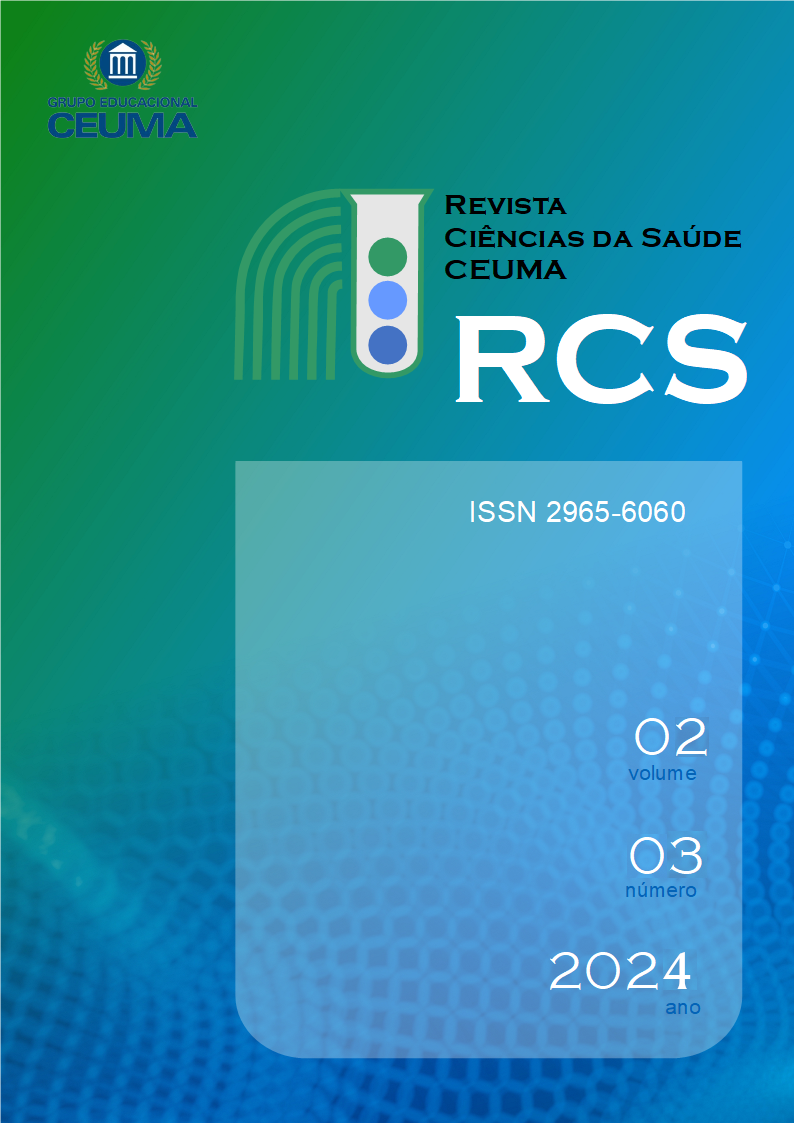Predictive model of cyclists' performance during simulated street competition
DOI:
https://doi.org/10.61695/rcs.v2i3.54Keywords:
WPeak, Ecological validity, Cycling, CorrelationAbstract
Physiological variables obtained through open and closed exercises have been suggested to estimate the athletic performance of cyclists. However, it is unknown which variables best explain the performance of cycling. This study analyzed which variables best explained the performance of cyclists in a simulated race. Cyclists (n=15) undertake different tests to obtain: VO2MAX, WPEAK, LAn e o TLIM. In addition, a 20km (TT20km) and 5 km (TT5km) cycling time trial were performed. Significant correlations were observed between performance in natural cycling simulated and WPEAK (r= -0.83; p= 0,00), TT20km (r= 0.71; p= 0,00), and WLAn (r= -0.63; p= 0.01). Simple and multiple Stepwise regressive models showed that WPEAK and TT20km provided the best estimates, with the lowest error of estimate (< 3 minutes). However, the WPEAK was the single variable in the regressive model, explaining 68% of the variance of the cycling race time. Although the theory suggests greater ecological validity of closed exercises, the WPEAK obtained in open exercise showed greater power to estimate the performance in an actual cycling race.
Downloads
References
ALEJO, L.B; MONTALVO-PÉREZ A, VALENZUELA PL, REVUELTA C, OZCOIDI LM, DE LA CALLE V, MATEO-MARCH M, LUCIA A, SANTALLA A, BARRANCO-Gil D. Comparative analysis of endurance, strength and body composition indicators in professional, under-23 and junior cyclists. Frontiers in Physiology, 2022, 5;13:945552.
BALMER, J.; DAVISON, R.C.; BIRD, S.R. Peak power predicts performance power during an outdoor 16.1-km cycling time trial. Medicine & Science in Sport & Exercise. 2000; 32(8):1485-1490.
COETZEE, B.; MALAN, D. Laboratory-based physical and physiological test results that serve as predictors of male, amateur road cyclists' performance levels. Journal of Strength and Conditioning Research. 2018. 32(10): 2897-2906.
FARIA, E.W.; PARKER, D. L.; FARIA, I.E. The science of cycling: Physiology and Training Part I. Sports Medicine. 2005.35(4):285-312.
HAWLEY, J.A.; NOAKES, T.D. Peak power output predicts maximal oxygen uptake and performance time in trained cyclists. European Journal Apply Physiology. 1992; 65:79-83.
WESTGARTH-TAYLOR, C. Metabolic and performance adaptation to interval training in endurance-trained cyclists. European Journal Apply Physiology.1997; 75(4): 298-304.
LAMBERTS, R.P.; LAMBERT M.I.; SWART J.; NOAKES T.D. Allometric scaling of peak power output accurately predicts time trial performance and maximal oxygen consumption in trained cyclists. British Journal Sports Medicine. 2012; 46:36–41.
LAURSEN, P.B. Reliability of time-to-exhaustion versus time-trial running tests in runners. Medicine & Science in Sport & Exercise. 2007; 39(8):1374-1379.
LINDSAY, F.H.; HAWLEY, J.A.; MYBURGH, K.H.; SCHOMER, H.H.; NOAKES, T.D.; DENNIS S.C. Improved athletic performance in highly trained cyclists after interval training. Medicine & Science in Sport & Exercise. 1996. 28:1427-1434.
LUCIA, A. Heart rate and performance parameters in elite cyclists: a longitudinal study. Medicine & Science in Sport & Exercise. 2000; 32(10):1777-1782.
LUCIA, A. Physiological differences between professional and elite road cyclists. International Journal Sports Medicine.1998; 19(5): 342-348.
LUCIA, A.; HOYOS, J.; PEREZ M. Inverse relationship between VO2max and economy/efficiency in world-class cyclists. Science Sports Exercise. 2002; 34: 2079-2084.
MUJIKA, I.; PADILLA S.; Physiological and performance characteristics of male professional road cyclists. Sports Medicine. 2001; 31: 479-87.
NOAKES, T.D. Fatigue is a brain-derived emotion that regulates the exercise behavior to ensure the protection of whole-body homeostasis. Frontier in Physiology.2012; V.3:82.
NOAKES, T.D. Maximal oxygen uptake: “classical” versus “contemporary” Viewpoints: a rebuttal. Medicine & Science in Sport & Exercise.1998; 30(9):1381-1398.
REVUELTA, C.; ALEJO L.B.; VALENZUELA, P.L.; MONTALVO-PEREZ, A.; de La CALLE, V.; AGUNDEZ, A.; LUCIA, A.; BARRANCO-GIL, D. Time-course changes of field- and laboratory-based performance indicators in junior cyclists through a season. International Journal Sports Medicine. 2024; 45(6):443-449.
SHARMA, A. P.; ELLIOTT, A. D.; BENTLEY, D. J. (2015). Reliability and validity of a new variable-power performance test in road cyclists. International Journal of Sports Physiology and Performance. 2015; 10(3):278-284.
SMITH, M.F. Reliability of mean power recorded during indoor and outdoor self-paced 40 km cycling time-trials. International Journal Sports Medicine. 2001; 22(4): 270-274.
SWENSEN, T.C.; HARNISH, C.R.; BEITMAN, L.; KELLER, B. Noninvasive estimations of the maximal lactate steady state in trained cyclists. Medicine & Science in Sport & Exercise. 1999; 31:742-746.
SITKOWSKI, D.; MALCZEWSKA-LENCZOWSKA, J.; ZDANOWICZ, R.; STARCZEWSKI, M.; POKRYWKA, A.; ŻMIJEWSKI, P.; FAISS, R. Predicting future athletic performance in young female road cyclists based on aerobic fitness and hematological variables. International Journal of Sports Physiology and Performance. 2024, 19(9): 890-896.
VALENZUELA, P.L.; ALEJO, L.B.; LUCIA, A.; BARRANCO-GIL, D. What does it take to become a professional cyclist? A laboratory-based longitudinal analysis in competitive young riders. International Journal of Sports Physiology and Performance. 2023;18(11):1275-1282.
ZAVORSKY, G.S. Laboratory 20-km cycle time trial reproducibility. International Journal Sports Medicine. 2007; 28(9):743-748.
Downloads
Published
How to Cite
Issue
Section
License
Copyright (c) 2024 Bruno Ryker Moraes, Renato André Sousa da Silva, Flávio de Oliveira Pires

This work is licensed under a Creative Commons Attribution 4.0 International License.

